Space
Sign up for our newsletter
We summarize the week's scientific breakthroughs every Thursday.
-
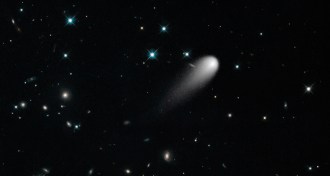 Astronomy
AstronomyOort cloud tosses astronomers a cometary curveball
In late November, ISON will deliver debris from the dawn of the solar system to Earth’s doorstep.
-
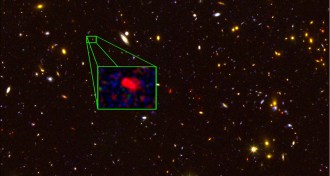 Astronomy
AstronomyMost distant galaxy discovered
Astronomers have observed a galaxy as it existed 700 million years after Big Bang.
-
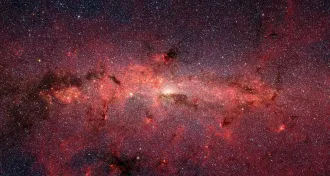
-
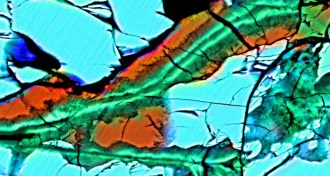 Planetary Science
Planetary ScienceCarbonation may have grounded Mars’ atmosphere
The chemical interaction could have forced Red Planet’s atmospheric carbon dioxide into the dirt.
-
 Environment
EnvironmentFeedback
Readers respond to "Solving soot," trade-offs of horn size for male Soay sheep and the huge galactic explosion story from 50 years ago.
By Science News -
 Planetary Science
Planetary ScienceA grander canyon on Mars
Hebes Chasma, a huge trough on Mars, reflects the Red Planet’s tumultuous and varied past.
-
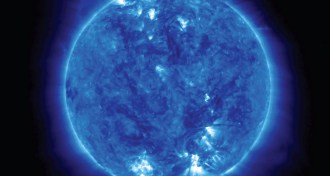 Astronomy
AstronomyQuiet maximum
By almost any measure, this solar maximum has been pathetic. No more than 67 sunspots have appeared in a month so far; at the last peak, in 2000, that number was above 120.
-

-
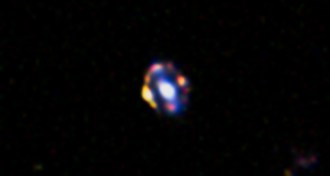 Astronomy
AstronomyMost distant galaxy lens discovered
Astronomers have discovered a galaxy about 9.4 billion light-years from Earth that is magnifying the light of an even more distant galaxy. It’s the most distant gravitational lens found to date.
-
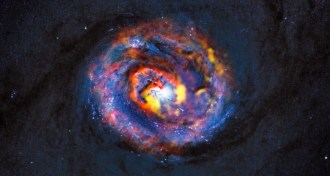 Astronomy
AstronomyGalaxy’s gas molecules reveal its structure
Astronomers have tracked carbon monoxide flowing both toward and away from NGC 1433’s central supermassive black hole.
-
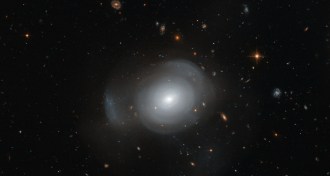 Astronomy
AstronomyGalaxy’s petal-like structures came from collision
A cosmic crash of two huge masses of stars, gas and dust probably gave way to a new galactic structure with both young and old star clusters.
-
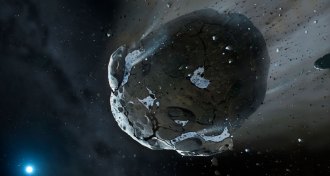 Astronomy
AstronomyWater seen in rubble around star
Hubble sees debris that was part of an asteroid with the ingredients for habitable planets.
By Meghan Rosen